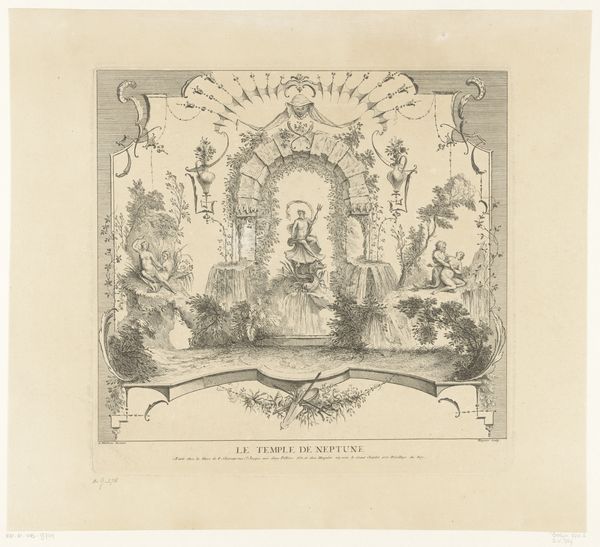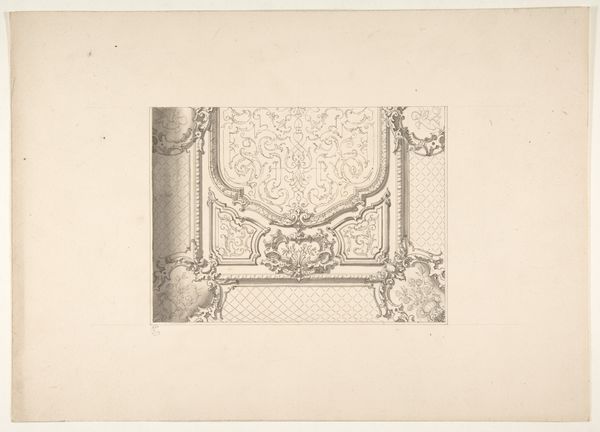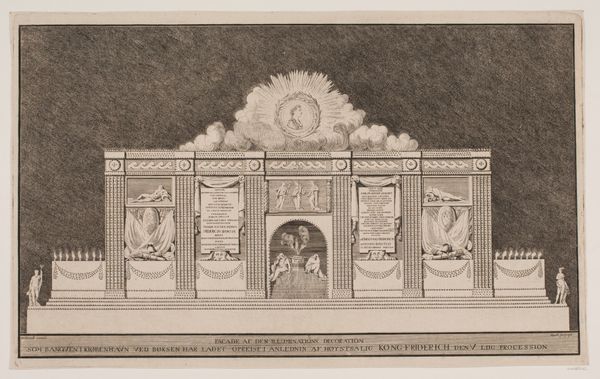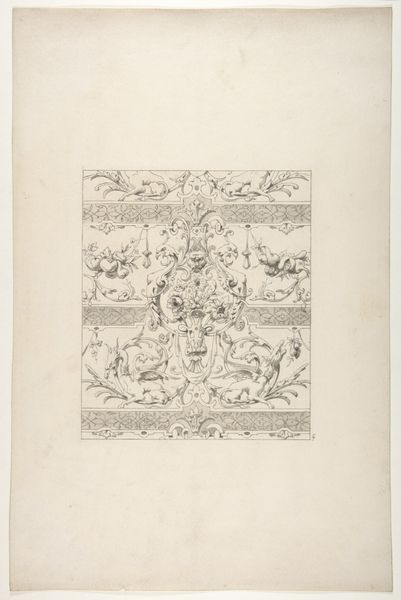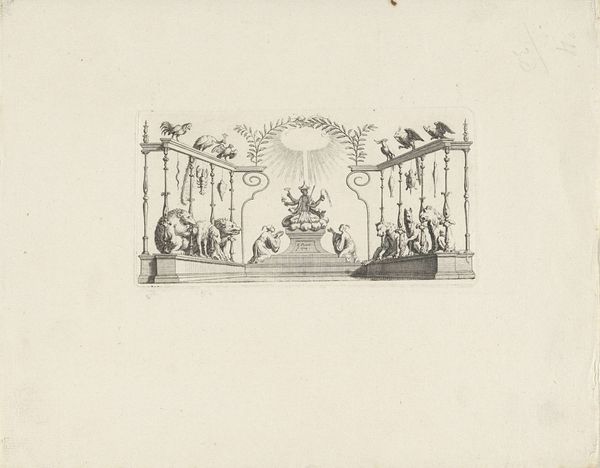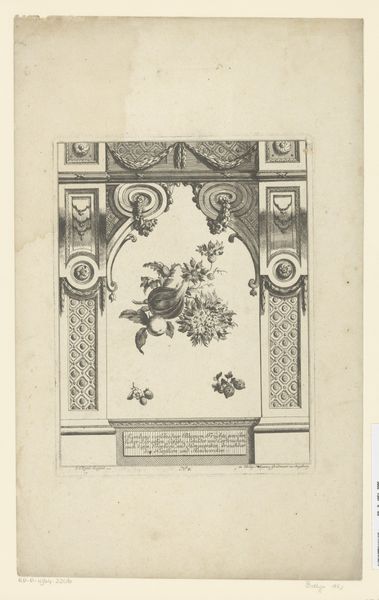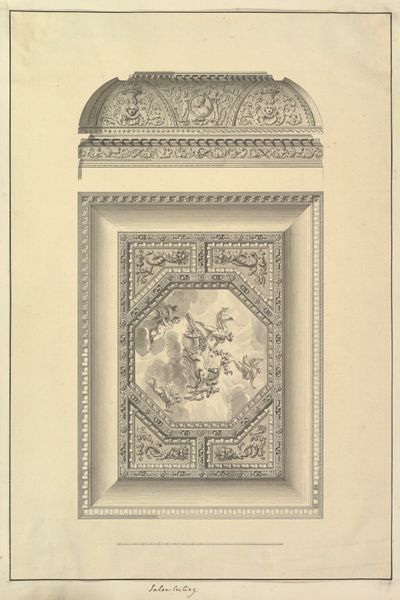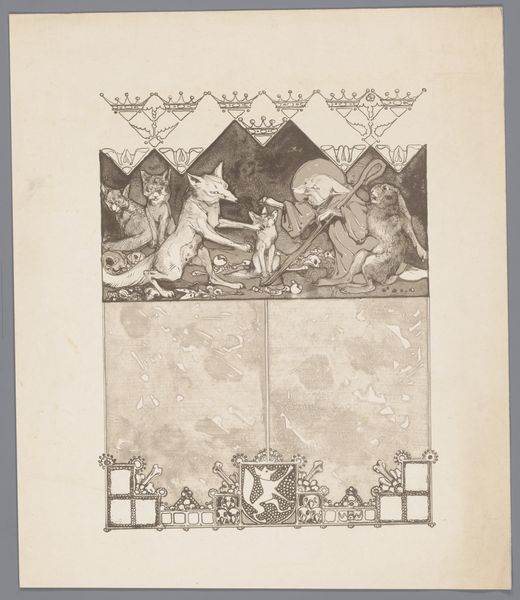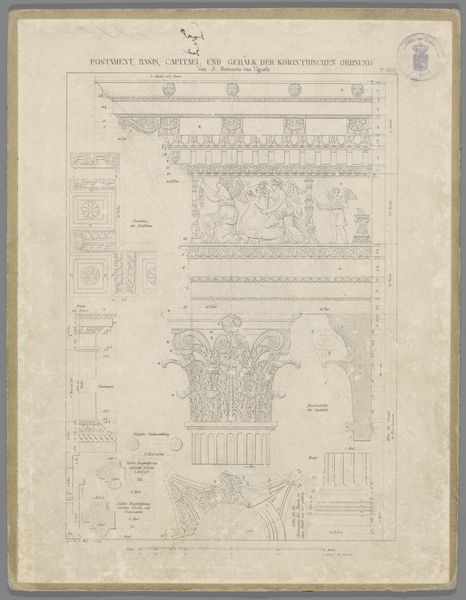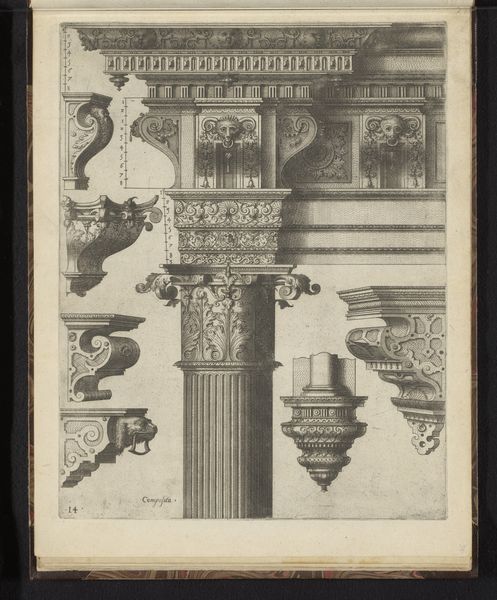
print, paper, ink, engraving
#
neoclacissism
# print
#
paper
#
ink
#
history-painting
#
academic-art
#
engraving
Dimensions: height 171 mm, width 136 mm
Copyright: Rijks Museum: Open Domain
This anonymous print from 1802 depicts an illumination for the Dutch East India Company in Amsterdam. Above the scene, a radiant peacock’s tail of light dominates, a powerful symbol that echoes through time. The peacock, historically linked to Juno, the Roman goddess of marriage and prosperity, symbolizes immortality and renewal. This motif, however, is not static. From ancient Rome to Renaissance paintings, the peacock's symbolic weight shifts, sometimes embodying vanity, sometimes divine watchfulness. Here, it radiates over the East India House, suggesting the company’s opulence and reach. We can also consider the psychological impact of such displays. The peacock's eye-like patterns trigger primal responses; a sense of being observed, inviting contemplation on power, visibility, and the subconscious allure of the exotic, as the Dutch East India Company consolidated its power. The cyclical nature of these symbols reveals how collective memory infuses our present, connecting us to past cultural and emotional landscapes.
Comments
No comments
Be the first to comment and join the conversation on the ultimate creative platform.
